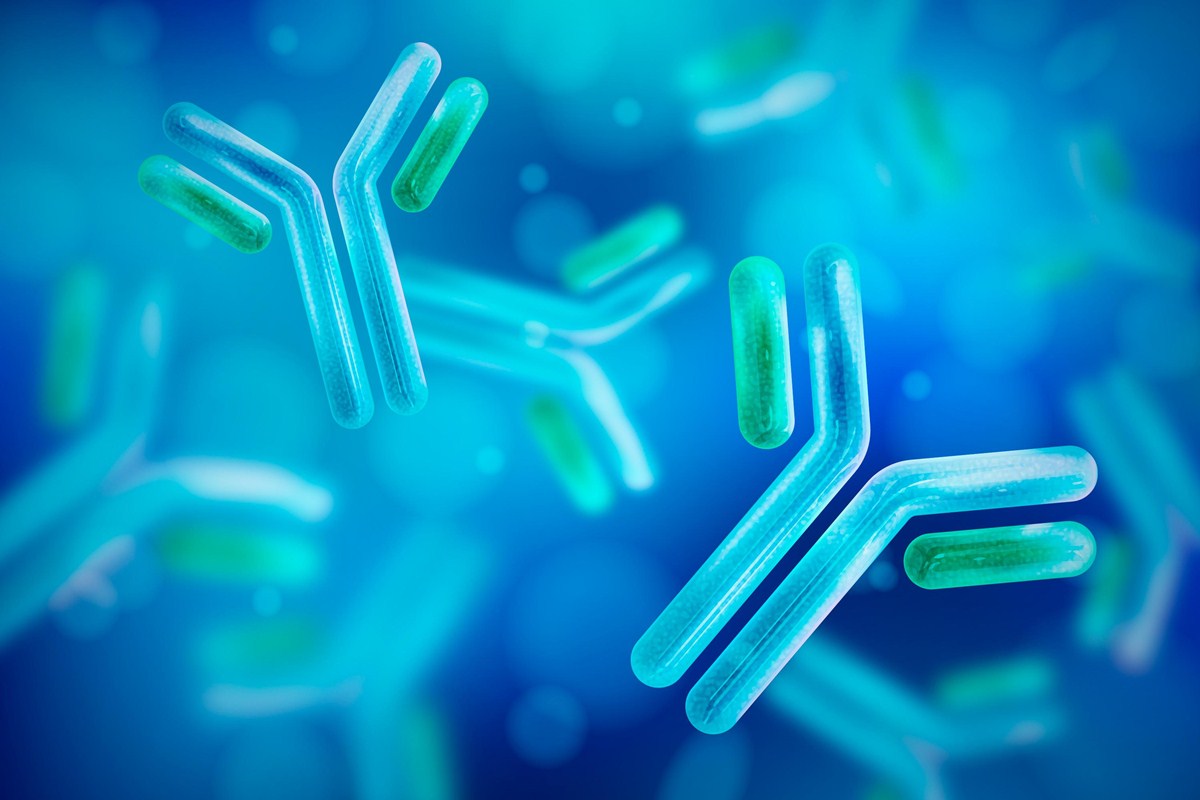Introduction to Immunoglobulins
Vertebrates feature a mighty immune system, which is in charge of the production of a variety of antibodies, ready to swing into battle when they detect the presence of infective agents such as bacteria, viruses, parasites, fungi and certain chemicals. Antibodies are proteins that "enslave" pathogens, and then let the rest of the immune system know it should send backup.
Antibodies are also produced in autoimmune diseases — when they attack the healthy cells of the body since they are not able to correctly recognize these cells as the part of the body.
These antibodies are also known as immunoglobulins (Ig), and their role is the neutralization of the various harmful foreign objects which enter the body and may jeopardize its health. Immunoglubulins are produced by plasma cells, a type of white blood cells. They are made of heavy and light chains and according to the heavy chain all the immunoglobulins can be classified into several isotypes. These isotypes are IgA, IgD, IgE, IgG, and IgM.

IgE: Immunoglobulin E
This immunoglobulin was first discovered in 1966 by the Japanese scientists Teruka and Kimishige Isjizaka.
Immunoglobulin E or IgE is a class of antibodies which is only produced in mammals. Its role is predominantly connected to allergies and stands in close relation to asthma and type 1 hypersensitivity. Its role is to protect the body against foreign objects, infective agents and allergens. This immunoglobulin is also associated with the majority of parasitic worms, including Schistosoma mansoni, Trichinella spiralis, Fasciola hepatica etc. It is essential in fight against certain protozoan parasites such as Plasmodium falciparum.
Immunoglobulin E is attached to the surface of mast cells. They raise an immune response after binding to Fc receptor which is located on the surface of basophiles and mast cells. Fc receptors can be also found on monocytes, eosinophils, macrophages and blood platelets. Once the foreign object, infective agent or allergen enters the body it is in the body and this represents a trigger for production of IgE antibodies.
In case of allergies, when an antigen is detected by IgE, an interaction between IgE receptors and IgE leads to the production and release of certain chemicals called histamines, leukotrienes and iterleuikins. These chemicals are responsible for the majority of symptoms of allergic reactions, such as red eyes, a runny nose, breathing difficulties, or a skin rash, and their production represents an overreaction to an allergen.
It is interesting to note that different types of IgE exist, and they respond to different allergens. These specialized cells explain why you can be allergic to one thing but not another.
What Should You Know About IgE Levels?
IgE can be easily measured after taking some blood samples. The normal or expected concentration of IgE is low compared to other antibody isotypes. The normal range of IgE is between 4.2 and 592 U/ml. Ant IgE level above 592 U/ml is considered as a high IgE concentration.
Elevated IgE levels are typical for people suffering from allergies (like to pollen, peanuts, or dust), asthma, atopic dermatitis, certain types of cancers and in case of autoimmune diseases. High IgE levels are also a characteristic of Job syndrome, a rare immunodeficiency disorder. Atopic people may have up to 10 times bigger level of IgE than normal. They are prone to allergic illnesses and may develop asthma, hay fever and other allergic diseases.
Low levels of IgE are connected to rare immunodeficiency diseases and may also be a characteristic of a rare inherited illness called ataxia telangiectasia.

















Your thoughts on this
Loading...